We walked 9.49 miles today, the most we have walked in a day thus far. Our morning started off with a very intense hike up to a bird tower, were we got an amazing view of the maya mountains and the chiquibul forest. I noticed a lot of fiddlewood trees had been knocked over, possibly because of the really hard rain yesterday. I was pretty surprised to see this because fiddlewood trees have buttressed roots to help support them and they are supposed to be pretty strong.

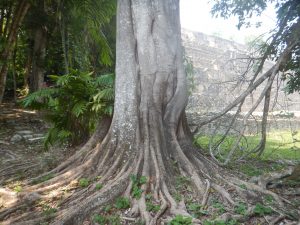
In the afternoon we went to dig up leafcutter ant colonies with another student group from The University of Southern Mississippi. In one young colony, we were able to see a fungi “farm”, which the ants feed the leaves the collect too and raise the fungi as their food. We were also able to take the queen ant out of the colony, who almost looked like a large beetle.
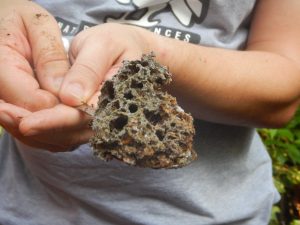
In the bigger colony that we saw a few days ago, we dug up a trash or “compost” chamber, where the ants throw away old fungi, general waste and dead ant bodies. In order to provoke the solider ants to come out so that we could see them, we tapped the trunk of a poisonwood tree growing right in the middle of the colony, so that the vibrations would stir the ants up. I noticed that as the tree was being hit, the bark peeled and exposed the blood red, fleshy inner bark underneath, seeping with white poisonwood sap ( see picture). I wonder why the ants decided to build their nest around something so dangerous, not to mention that there were multiple poisonwood trees growing out of the colony.
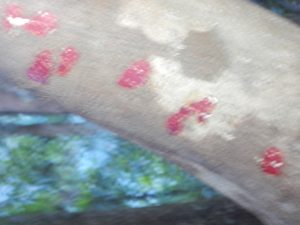
FYI if you ever get poisonwood sap on your skin, the cure is the inner bark of the gumbolimbo tree, with is usually located in very close proximity to the poisonwood trees. I have yet to come up with an explanation as to why this is.
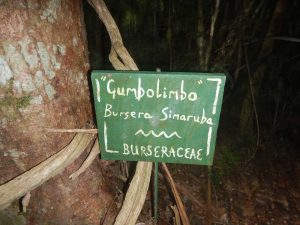
After dinner, we took a look at the pictures from the camera traps that we set up on our second day here at Las Cuevas, since we will be leaving this beautiful place tomorrow morning. We were all ASTOUNDED to see 2 jaguars, a tapir, 2 pumas, many peccaries (which are like wild hogs but meaner), an armadillo and several other mammals. Rafael the station manager said that there were so many animals around because the breadnut tree is fruiting, which is a very important source of food for many of the herbivorous and omnivorous animals around here.
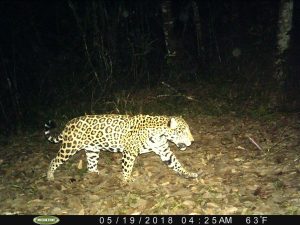
I am going to miss this place and its vast expanses of more than 320 different species of trees that are able to support all the life in the Chiquibul. All I can say is that I really hope that we as scientists and as beings on this earth realize that majesty and worth of this forest and all its organisms, and that we are able to conserve it for generations to come.
Glovers Reef, we’re coming for ya.
